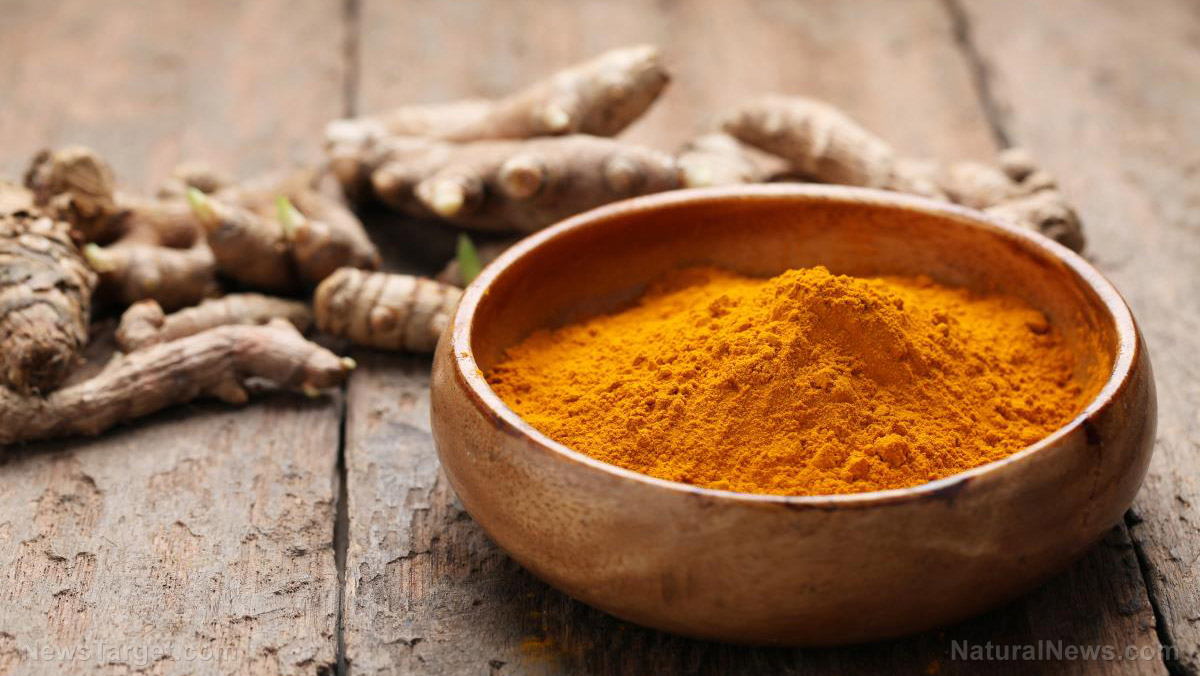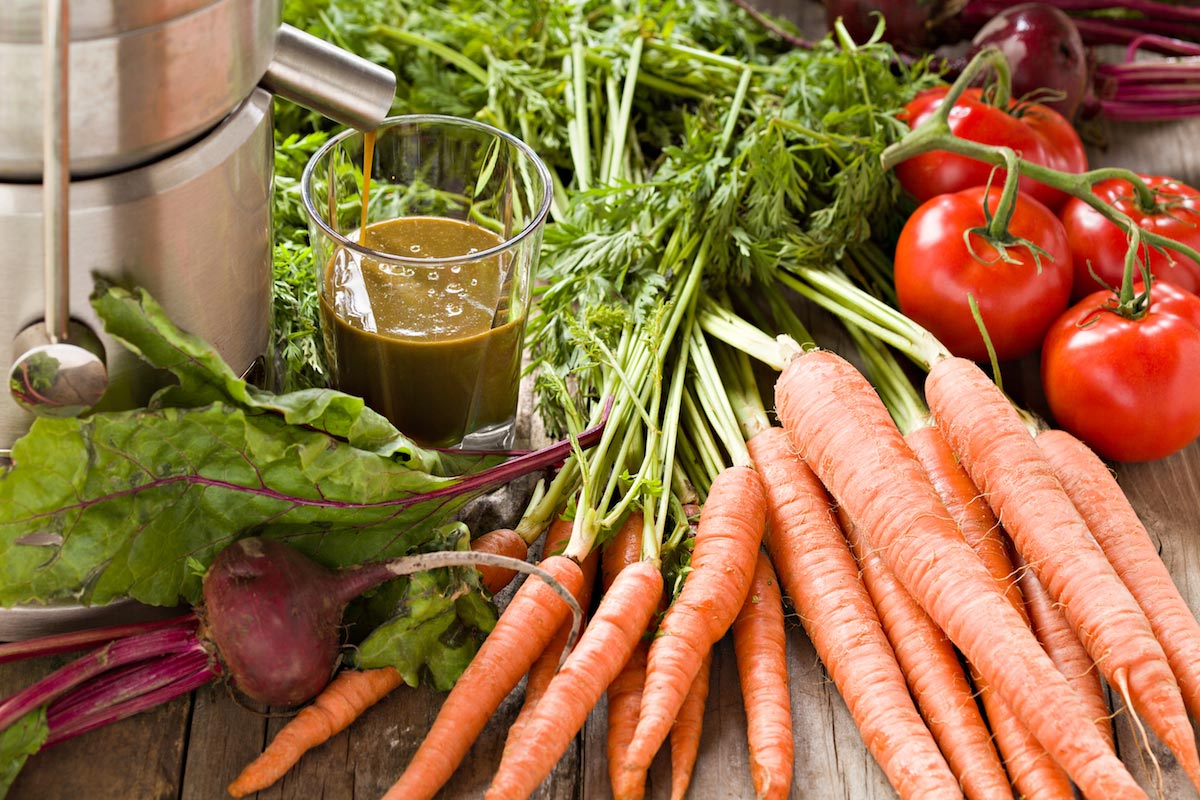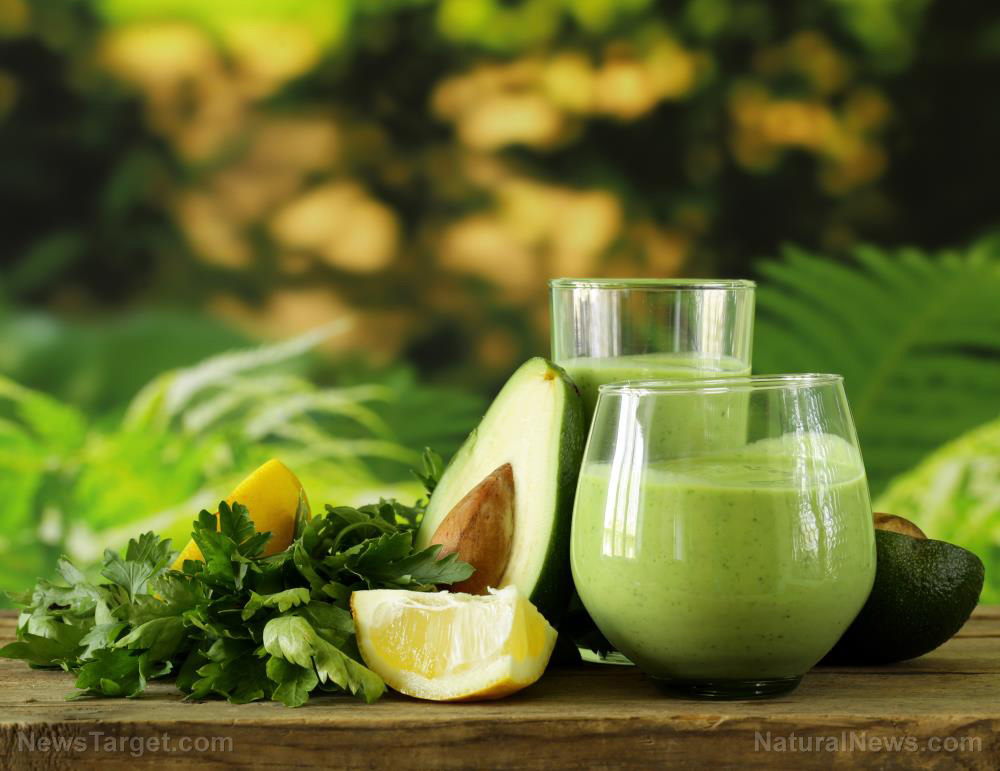Add gooseberries to your diet to keep metabolic syndrome at bay
12/12/2019 / By Edsel Cook

Eating Indian gooseberries (Phyllanthus emblica) brings many health benefits to metabolism. A recent study indicates that the extract of this fruit can help treat or even prevent metabolic syndrome.
Patients with metabolic syndrome suffer from the following cardiovascular-related conditions:
- Obesity
- Insulin resistance
- Atherogenic dyslipidemia
- Unhealthy blood pressure
- Prothrombotic state
- Excessive inflammation
The abnormalities in metabolic syndrome contribute to the appearance of endothelial dysfunction. When the endothelial cells of the blood vessels fail to get enough vasodilator substances and instead get vasoconstrictors, they start malfunctioning.
Further, metabolic syndrome and obesity lead to higher levels of oxidative stress and inflammation, which can trigger insulin resistance and systemic inflammation. The latter increases the risk of atherosclerosis and coronary heart disease. Thus, endothelial dysfunction serves as an early warning sign of cardiovascular disease.
Conventional treatment for metabolic syndrome includes lifestyle changes and pharmaceutical drugs. However, these drugs fail to improve endothelial function and can even cause adverse effects. (Related: Indian gooseberry shows promise as a natural cholesterol-lowering herb.)
Amla offers a natural and effective alternative for treating metabolic syndrome
As its name implies, the Indian gooseberry comes from India. Called “Amla,” it is a part of the subcontinent’s traditional medicine system, the Ayurveda.
Earlier studies showed that gooseberry extract exhibited lipid-lowering, anti-inflammatory and antioxidant properties.
Indian gooseberry contained tannins that inhibited the lipid peroxidation. They also scavenged free radicals that caused oxidative stress.
When administered to patients with Type 2 diabetes, Indian gooseberry extract boosted endothelial function. It also reduced biomarkers for oxidative stress and systemic inflammation.
In this study, researchers from Nizam’s Institute of Medical Sciences (NIMS) in India tested the effectiveness of Indian gooseberry extract on metabolic syndrome. They evaluated the extract’s effects on endothelial dysfunction, lipid profile, oxidative stress and systemic inflammation.
In their experiment, they divided participants into three groups. The control group received a placebo, while the other groups got different doses of Indian gooseberry extracts. One set took 250 mg while the other received 500 mg.
All participants took their treatment twice each day. The trial period lasted 12 weeks.
Before the experiment, the researchers evaluated each participant for baseline biomarkers of oxidative stress, systemic inflammation and dyslipidemia. The subjects returned for follow-up visits at four, eight and twelve weeks of therapy.
Improve endothelial function and metabolic syndrome by taking Indian gooseberry
The NIMS researchers screened 65 candidates and enrolled 59 into their study. All participants finished the 12-week trial. No one reported any adverse effects from the treatment that might have forced them to quit.
During the eight and 12th weeks of the trial, the subjects in both Indian gooseberry extract groups displayed much better endothelial function compared to the placebo group. They also showed improvements from their baseline evaluations.
On the 12th week of the experiment, the extract-treated participants showed considerable improvements in terms of oxidative stress and systemic inflammation. The biomarkers for both factors dropped.
Their results suggested that Indian gooseberry extract greatly improved conditions linked to metabolic syndrome. Further, the effects depended on the dosage.
The higher dose (500 mg) produced better results when it came to endothelial function and lipid profile. Likewise, it achieved greater reductions in oxidative stress and systemic inflammation.
The researchers concluded their study by proposing the use of Indian gooseberry extract as an additional treatment for patients with metabolic syndrome.
“Further studies in a larger population are warranted to address whether administration of Phyllanthus emblica may lead to a novel therapeutic alternative in improving the components of metabolic syndrome,” they suggested.
Sources include:
BMCComplementAlternMed.BioMedCentral.com
Submit a correction >>
Tagged Under:
This article may contain statements that reflect the opinion of the author
RECENT NEWS & ARTICLES
COPYRIGHT © 2017 SUPERFOODS NEWS





















